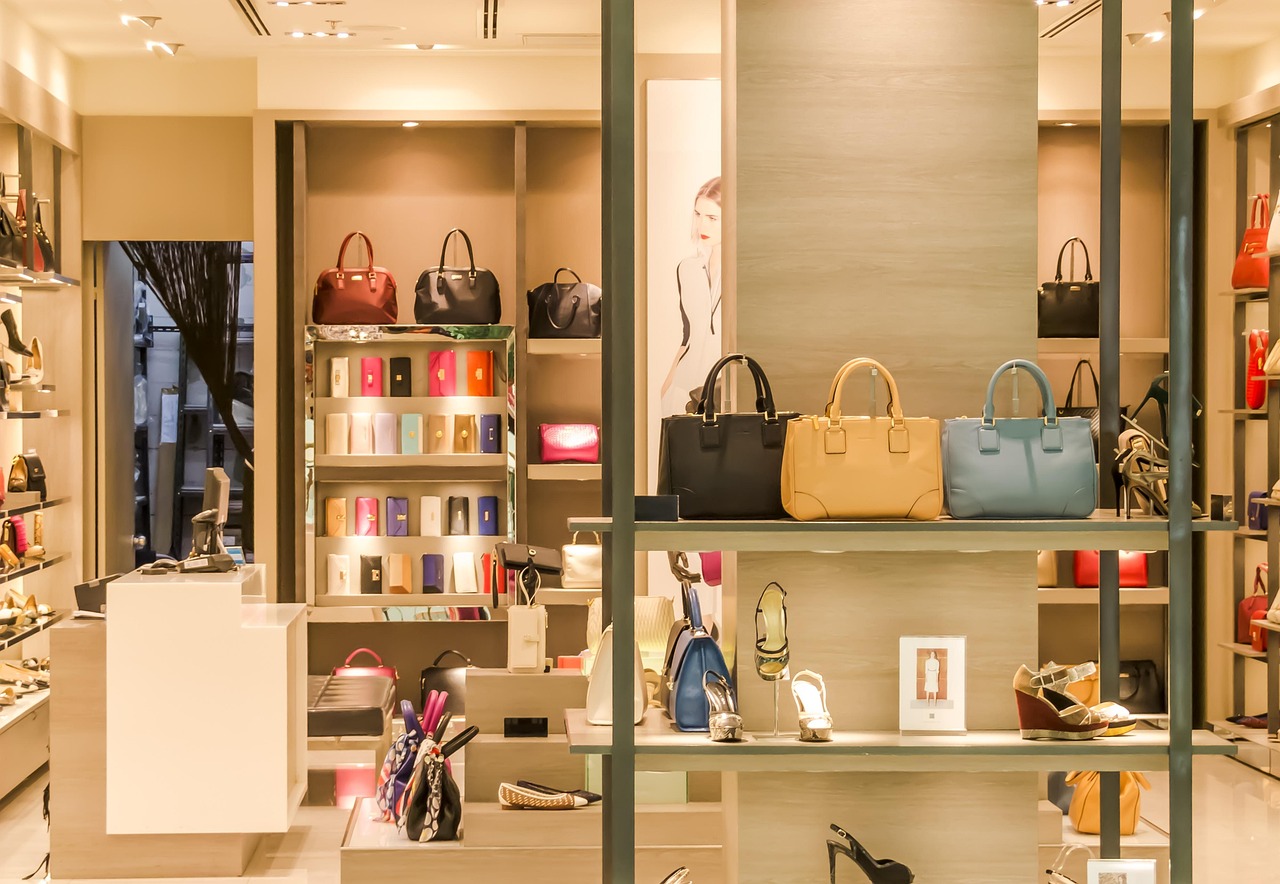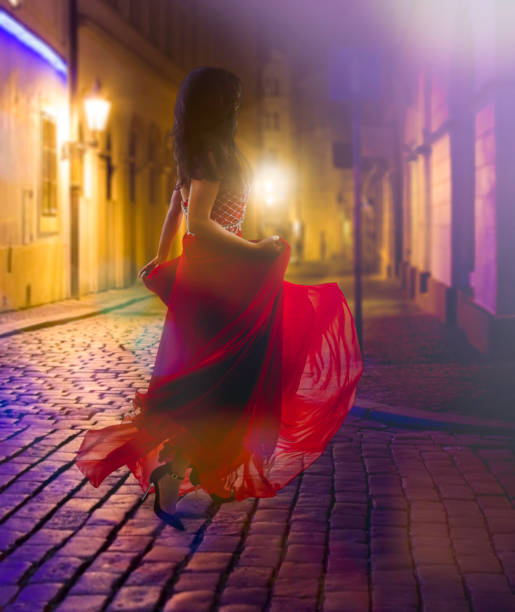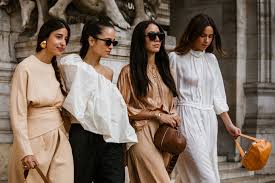
Men’s clothing represents the pinnacle of luxury fashion, showcasing how true style can define sophistication. Premium materials, expert tailoring, and classic aesthetics come together to create the most exceptional bespoke pieces. What truly stands out is that these garments embody elegance, timeless appeal, and superior craftsmanship. For men seeking to elevate their wardrobe beyond the ordinary, Luxury Clothing Brands for Men provide more than attire—they offer a refined way of living. From impeccably tailored suits to forward-thinking streetwear infused with avant-garde creativity, these fashion houses masterfully blend heritage with modernity, setting a new standard for elegance and excellence in men’s fashion.
Women’s clothing from the M&S x Bella Freud collection brings effortless elegance to cold-weather dressing. Expertly tailored from premium Italian mill wool, this limited-edition double-breasted coat features clean, structured lines and a flattering longline silhouette in a regular fit. It’s fully lined for comfort and finished with refined details — a belted waist with a sleek metal buckle, wide peak lapels, and practical side pockets. M&S x Bella Freud: a special limited-edition collaboration with the renowned British designer. Women’s clothing from the M&S x Bella Freud range also includes this statement cashmere jumper, designed to make kindness your style mantra. Crafted from ultra-soft cashmere in a comfortable regular fit, it showcases the bold word ‘Kind’ across the chest — a hallmark of Bella Freud’s iconic aesthetic. M&S x Bella Freud: a limited-edition gifting collection created with the celebrated British designer.
Plus size clothing proves that style and elegance have nothing to do with dress size. There are fashionable looks for every body type, allowing you to highlight your best features and subtly downplay any areas you’re less confident about. The most important aspect of plus size fashion is feeling comfortable in what you wear — that comfort naturally boosts your body confidence. Here are some helpful tips and tricks for curvy women to dress beautifully for any occasion and express their individuality through plus size fashion. Every body is unique and deserves to feel stylish and self-assured. Rather than chasing every new trend, focus on discovering outfits that flatter your figure and reflect your personal style. Fashion for plus size women celebrates your curves and helps you showcase them confidently.
Athleisure wear represents a modern fashion movement driven by advancements in science and the innovation of high-performance textile materials and technical fabrics. These cutting-edge fibers make today’s activewear more resilient, breathable, lightweight, flexible, multifunctional, comfortable, and stylish. Since the mid-2010s, athleisure wear has also become recognized as its own retail clothing category. In the 1930s, the American sportswear brand Champion designed hooded sweatshirts to keep laborers warm while working in cold environments. Later, in 1958, the American chemical company DuPont created spandex, a revolutionary fiber that became essential to many modern athleisure garments. The German brand Adidas further propelled athletic-inspired fashion in 1963 by introducing tracksuits that seamlessly transitioned from sports to everyday wear.
Sustainable fashion is gaining global attention as the world becomes increasingly eco-aware. Over the past decade, it has grown steadily and now seems ready to transform the entire apparel industry — influencing everything from packaging choices to consumer purchasing habits. Sustainable fashion focuses on producing clothing that minimizes environmental harm while also respecting the rights and well-being of the workers involved in its creation. In essence, it refers to clothing that is both ethically produced and environmentally responsible. Although the concept sounds straightforward, adopting sustainable practices often leads to higher operating costs, which can reduce profit margins. For the fashion industry to fully embrace sustainability, consumers need to be prepared to spend a bit more to support the transition — or, at the very least, refrain from purchasing from brands that disregard environmental responsibility.
Fast fashion trends have completely transformed the way styles are developed and consumed. In the past, the fashion industry revolved around two main seasons—Spring/Summer and Fall/Winter. Today, with companies like Zara and H&M at the forefront, the market now follows more than 52 “micro-seasons” annually, introducing new lines almost every week. This accelerated production model enables brands to quickly respond to current consumer interests, creating clothing that mirrors the newest trends almost instantly. The constant demand for new designs has reshaped supply chain operations and production strategies, guaranteeing that shoppers always have access to the latest looks.
Vintage clothing is a term often used informally to describe garments from earlier fashion eras. In the fashion industry, clothing produced between 30 and 100 years ago is typically classified as “vintage,” provided it clearly represents the styles and trends of its time. These garments often carry a sense of heritage, which contributes to their appeal among vintage collectors and enthusiasts. This connection to the past allows wearers to evoke nostalgic feelings for earlier fashions and for qualities not often found in modern clothing, such as detailed craftsmanship. Unlike vintage, the term “antique” applies to items that are over 100 years old. Meanwhile, “retro” — short for retrospective — or “vintage-inspired” refers to modern pieces designed to mimic styles from previous decades. “Reproduction” or “repro” clothing, on the other hand, refers to newly made garments that are direct replicas of older designs.
Streetwear brands, from the bustling streets of Melbourne and Sydney to the prestigious catwalks of Paris, have risen to become a celebrated fashion movement in their own right — and for good reason. These contemporary styles provide a refreshing departure from the rigid formalwear and outdated couture traditions of the past, offering the perfect blend of comfort, practicality, and trend-setting appeal. Moreover, streetwear brands are often among the first to reflect and respond to cultural and social shifts. A defining trait of streetwear is its emphasis on exclusivity — many collections are released in limited numbers, creating rarity, strong demand, and hype. As a result, devoted fans are often willing to pay premium prices for rare or collectible pieces. In today’s world, streetwear brands are adored equally by TikTok trendsetters and high-fashion aficionados. The aesthetic has heavily influenced countless designers and luxury labels, making sneakers, hoodies, and other street-inspired pieces a staple on the runways of high-end fashion.
Capsule wardrobe is a term that originated in the United States, where “capsule” began to be used to mean “small and compact” around 1938, according to the Oxford English Dictionary. By the 1940s, American publications were already using “capsule wardrobe” to describe a limited collection of clothing pieces designed to coordinate in color and style. The concept was later revived in the 1970s by Susie Faux, the owner of the West End boutique Wardrobe, who defined it as a set of timeless, essential garments that could be worn across multiple seasons. Her idea was to refresh this core selection with a few seasonal items, ensuring versatility for different occasions without the need for excessive shopping. Faux recommended that a woman’s capsule wardrobe include at least “two pairs of trousers, a dress or skirt, a jacket, a coat, a knit, two pairs of shoes, and two bags.”
Designer handbags from Hermès have long been synonymous with timeless luxury and exceptional craftsmanship. Founded by Thierry Hermès in 1837, the French fashion house is celebrated for its exquisite creations, including scarves, ties, jewellery, and of course, its legendary handbags. Since their debut in 1922, Hermès handbags have remained a cornerstone of the luxury market. Iconic designs such as the Birkin and Kelly have become global symbols of sophistication and status. Today, Hermès continues to set the standard in high-end fashion, producing elegant, durable handbags crafted to endure for generations. Among its most famous creations are the Birkin, Kelly, Constance, and Bolide bags. The Birkin is perhaps Hermès’ most recognizable design, featuring a structured silhouette with a flap closure and sturdy top handles, offered in an array of colours and premium leathers



